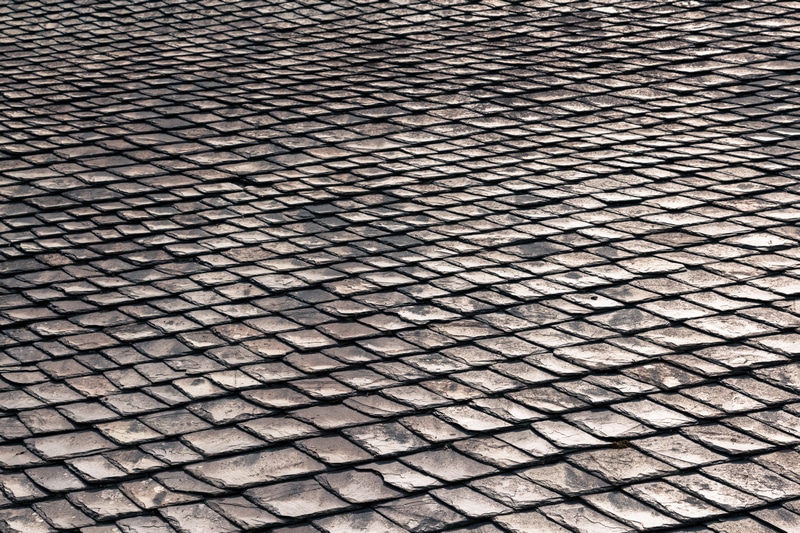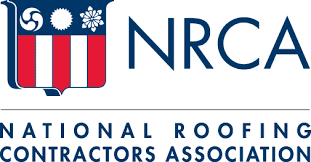A structurally sound roof protects your home and its inhabitants from the elements. A good roof should look smooth and there should be no ripples and waves. If you notice these signs, it could be an indication that your roof has started curling or has buckling shingles. Many homeowners face this problem at some point in their lifetime. It is important to spot the problem early on and take corrective action otherwise curling shingles can create cracks that can eventually spread to the entire roof and cause leaks.
Curling shingles
As the name suggests, curling shingles have turned-up edges that make the middle part of the shingle look like it’s sinking. It is a common problem that negatively affects the appearance of the roof and can lead to serious damage over time. Curling shingles can result from normal wear and tear or poor-quality materials.
Buckling shingles
Buckling shingles is when the shingles appear in a convex shape as if they are curved outwards from beneath. It could happen due to the movement of the wood deck or the wrinkling of the underlayment. This is often a result of improper installation, poor attic ventilation, and lack of insulation.
Common causes of buckling and curling shingles
Moisture
This is the most common reason behind any kind of roof damage. It can result if the shingles absorb too much water moisture in the decking during the installation process. It can occur after heavy rain because shingles accumulate a lot of water. Buckling shingles an also occur when the felt underlayment absorbs water and pushes the shingles up. In areas that witness very hot weather, extreme heat can also cause excessive moisture, especially in the absence of proper ventilation. Poor ventilation can also cause mold and mildew growth and cause the roof to rot.
Improper installation
Improper installation of shingles is another common reason behind curling and buckling shingles. When the roofer fails to use enough nails for each shingle or places the nails incorrectly, it can cause the shingles to become loose, and eventually lead to curling or buckling. Buckling and curling can also occur if the wrong type of nails were used for connecting the sheathing to the rafters. When this happens, the nails tend to slip out of the sheathing creating small bumps on the roof’s surface. Improper alignment of tar lines can also be the culprit.
Re-roofing
When a new roof is installed over the old roof directly without removing the old roof, the second layer of shingles tends to be less secure, and curling and buckling can occur. The second layer is also more susceptible to strong winds and storms. While placing the second roof directly atop the old roof can save money, it might not prove beneficial in the long run.
Preventing curling and buckling shingles
You can prevent buckling and curling of shingles by ensuring that the decking material is properly conditioned so that it is moisture balanced. Also, use decking material that is manufacturer approved and never expose it to moisture before or after the installation. Use high-quality felt underlayment to avoid moisture under the shingles.
If your shingles have begun to buckle or curl, you should not ignore the problem. You should immediately contact an experienced roofing contractor and have it inspected and repaired. Depending on the extent of damage, the roofers can provide a solution to and help restore your roof to its original state. If you need any more information, get in touch with us and we will try our best to help.
If your home or business is in need of roof repair, we can help. Give us a call!




